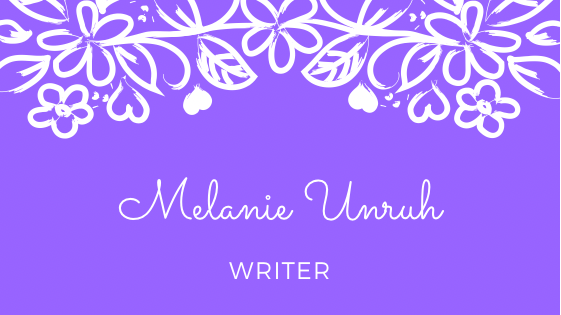Do people read short stories anymore? It’s fair to say that they do, but the audience just isn’t what it used to be (in quantity more so than quality). As Stephen King puts it in The NYT Sunday Book Review, “Once, in the days of the old Saturday Evening Post, short fiction was a stadium act; now it can barely fill a coffeehouse and often performs in the company of nothing more than an acoustic guitar and a mouth organ.” Ouch.
The part of this shrinking audience equation that always sticks with me is the why of it. In a world of ever-decreasing attention spans, it’s interesting that the novel, and not the short story, still reigns supreme in the literary world. They’re called short stories, after all. You would think that narrative brevity would have a certain appeal for people who often think in 140 character increments. But what is it about short stories that causes a good chunk of readers to shy away?
One possible explanation, as pointed out by two Paris Review editors, Lorin Stein and Sadie Stein, goes like this: “A short story, when it’s good, doesn’t draw you into a comforting world; it shakes you up. It’s not, as Lorin has pointed out, what you want to read before going to sleep: It’s a different kind of intellectual and emotional commitment…Rightly or wrongly, we live in a time that values escapism highly, and the short form provides something different.” This explanation makes a lot of sense to me. My students are always shocked by how depressing short fiction can be (they are often baffled and broken by stories like Shirley Jackson’s “The Lottery” and Tim O’Brien’s “The Things They Carried”), and often the best explanation I can offer is a shrug and something along the lines of, “That’s the genre.” Short fiction isn’t fluffy. It’s not a romance novel about a reformed pirate or a foodie mystery novel with a campy title (“Who’s Afraid of Virginia Ham?” being my personal favorite) and corresponding recipes. Good short fiction almost always guts you. And what’s sneaky about it is that it’s so short, sometimes you don’t realize you’ve been gutted until it’s long over.
Short story collections are a bitch to sell. Unless you’re a master of the form like Alice Munro, or a new power player like Claire Vaye Watkins (seriously, she won two major literary awards on the same day and publishers actually had a bidding war over her collection, which is mind-boggling until you read the book and want to weep at how good it is) you’re lucky if you can tack your collection onto a two-book deal with your novel. But writers keep producing stories and literary magazines keep publishing them. Then again, if writers are the main audience for these magazines are we just writing for each other in a vacuum? Are we collapsing in on ourselves and our genre like a dying star?
There are many fine short stories and writers of the form in the world, so the problem isn’t a dearth of talent. Maybe it is all just perception. Readers think short fiction is too literary or sad or reminiscent of high school English class or any number of other stereotypes. As a result, publishers decide that unless you’re one of those writers whose cocktail napkin sketches would sell millions of copies, they’re not going to risk publishing your collection. And then we arrive at the tiny percentage of published fiction that short stories occupy. But what if we could change this? What if we could find a way to reconnect short stories with a wider audience? Maybe I’m being idealistic, but I think now is the time to innovate and reel in those readers who are married to novels without even realizing what they’re missing in the shorter form. And now the question flashing over my head reads: How?
